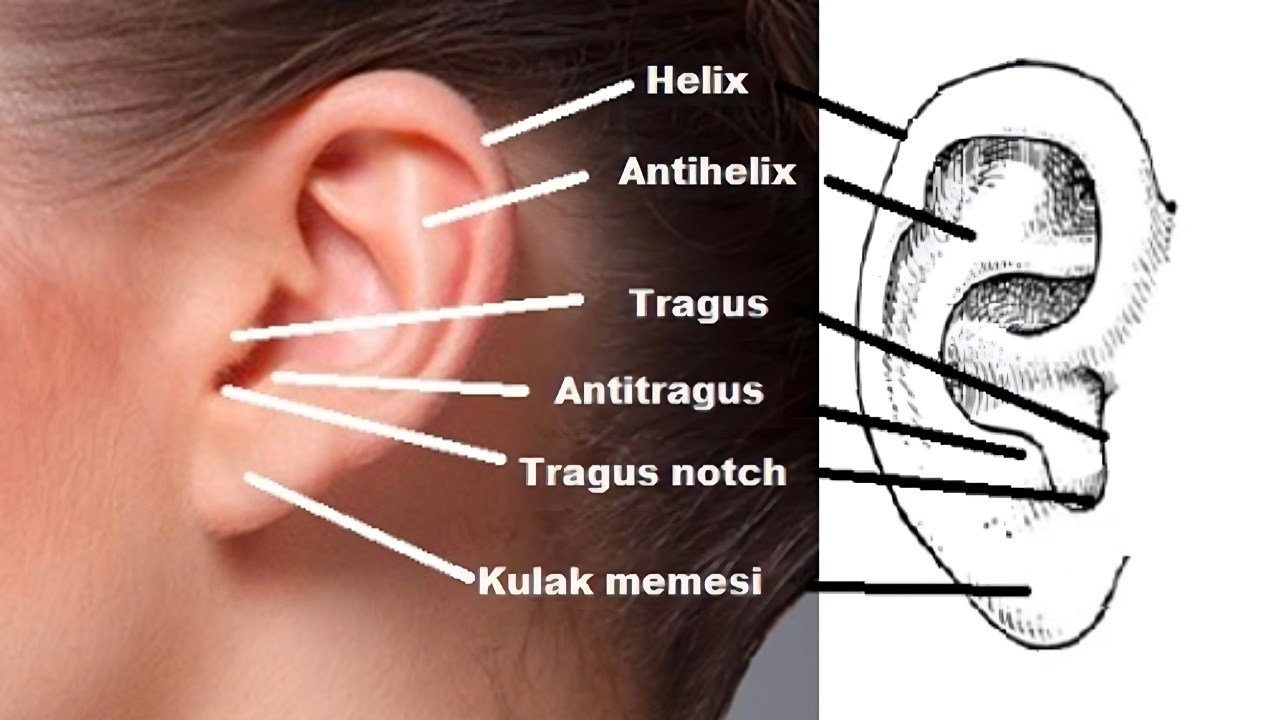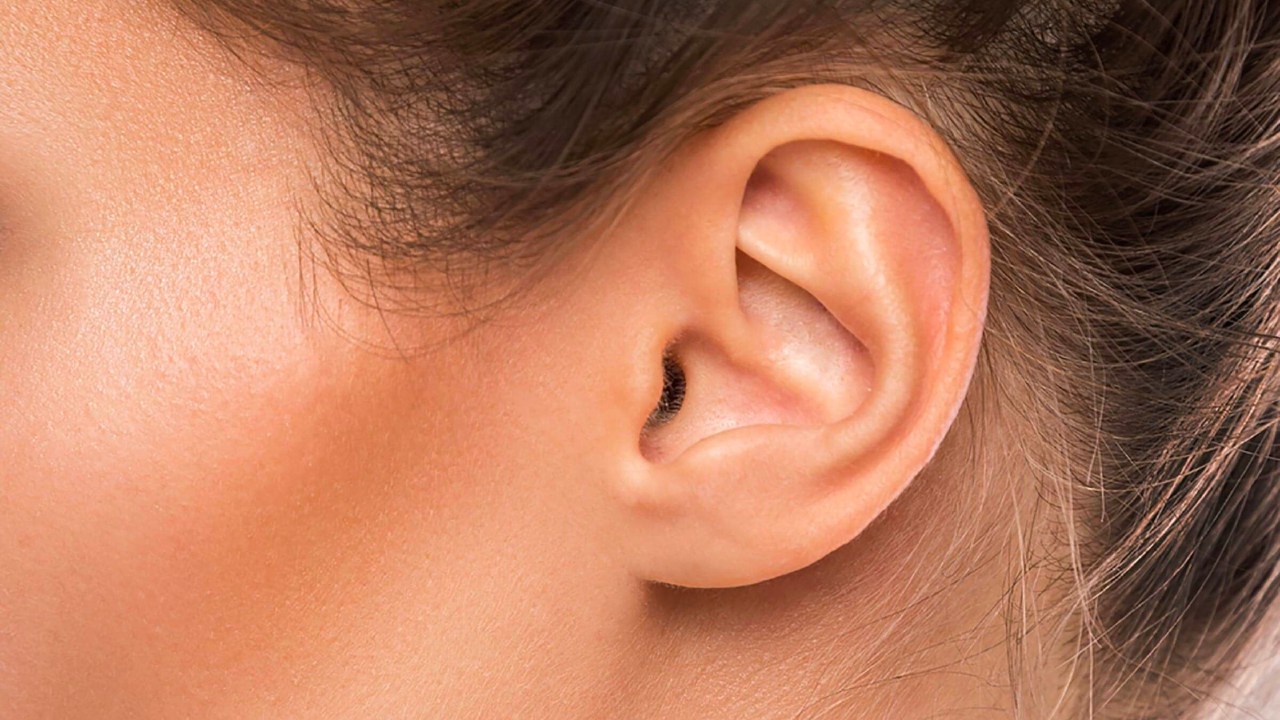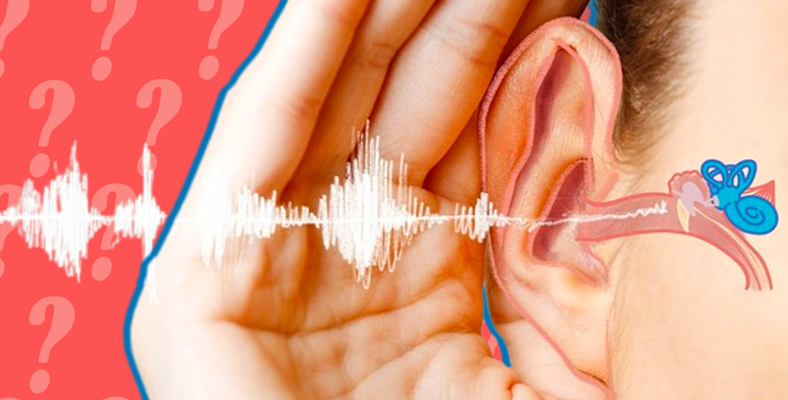Although the body structure of each of us is different, almost all of our organs have certain shapes. However, there is one point we would like to draw attention to. In general, why are our ears curved and wrinkled rather than straight?
Each of our five sense organs is more important and functional than the other. The absence or imperfection of anyone undoubtedly makes our lives very difficult. In fact, at this point, our organs have shape and structure do not show a random formation.
Now these folds that our ears have, Let’s see what functions it provides when it comes to hearing skills..
Before we move on to answering this question, let’s talk about the parts of the ear and the role of each in processing sounds.
This structure; It consists of three parts: outer ear, middle ear and inner ear. occurs. Starting from the outer ear, the pinna is the visible part of the outer ear and is responsible for collecting sound waves. Again, the auricle directs sound waves to the ear canal (external auditory canal).
Vibrations from the eardrum in the middle ear activate the ossicles and these ossicles are known as the smallest bones in the human body. Three bones in this section; malleus (hammer), incus (anvil) and stirrup are named according to their shape.
Also, the small stapes bone attaches to an oval window that connects the middle ear to the inner ear. Eustachian tube opening to the middle ear balances the pressure between the air inside the middle ear and the air outside the ear.
Finally, the sound waves enter the inner ear and then the cochlea, an organ resembling a snail. This snail is filled with a fluid that moves in response to vibrations from the oval window and As the fluid activates, about 25,000 nerve endings are activated.
In addition, nerve endings convert vibrations from the ear into electrical impulses to the brain. Brain too interprets these signals and the hearing process takes place in this way.
The part that we will focus on is the outer ear.

The curved part of the ear is the outer ear, called the auricle or auricle. this structure extremely flexible and made of foldable skin and cartilage occurs. The auricle also has different parts, such as tragus, spiral, lobule, and cone. Again, the outer ear continues from the auricle inward to the ear canal and the outer layer of the eardrum.
When it comes to perceiving sound waves, the auricle; collecting, amplifying and directing sound waves into the ear canal has a function. In addition, although it is a different part of the outer ear, the external auditory canal, called the ear canal, also amplifies the sound waves by a certain amount.
This wrinkled and curved structure of the auricle is not random.

The wrinkled and curved nature of the ear actually raises the pitch of the most common sounds we can hear. So this structure while reducing all other unnecessary sounds reaching our earsIt enables us to hear what we need to hear in a healthy way.
In addition, the way the sound waves interact with the auricle, distance, direction and height of the incoming sound source It transmits the necessary clues about it to our brain.
So what would happen if our ears were much bigger? Could we hear the voices better?

For example, elephants’ ears are many times larger than ours, but this size has little to do with hearing. These animals fan their ears to cool off, and the large surface area of their ears allows them to avoid heat.
In other words, it would be a very wrong idea that big ears provide a plus in hearing. In summary, our ears, which have a very complex structure, With this wrinkled and curved structure, it allows us to perceive the sound in the clearest way.
RELATED NEWS
What are the Causes of Sudden Onset Ear Pain, How Does It Go?
RELATED NEWS
